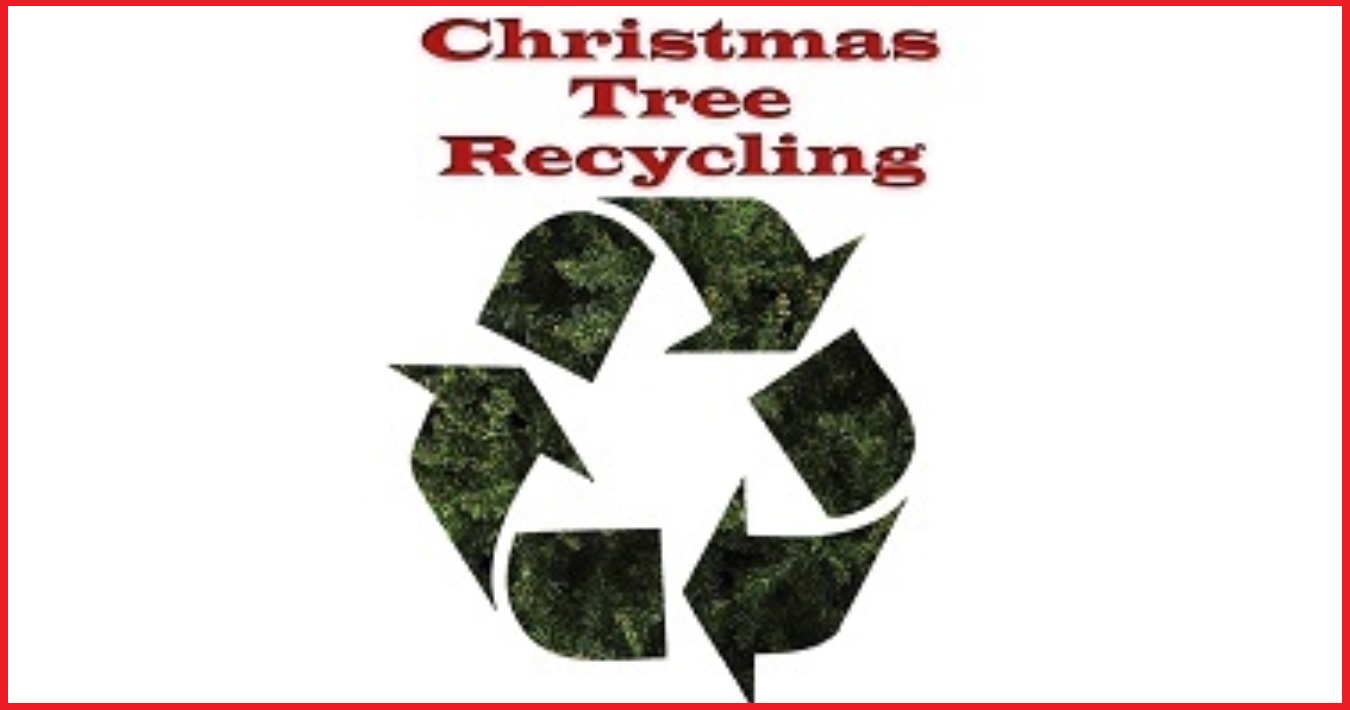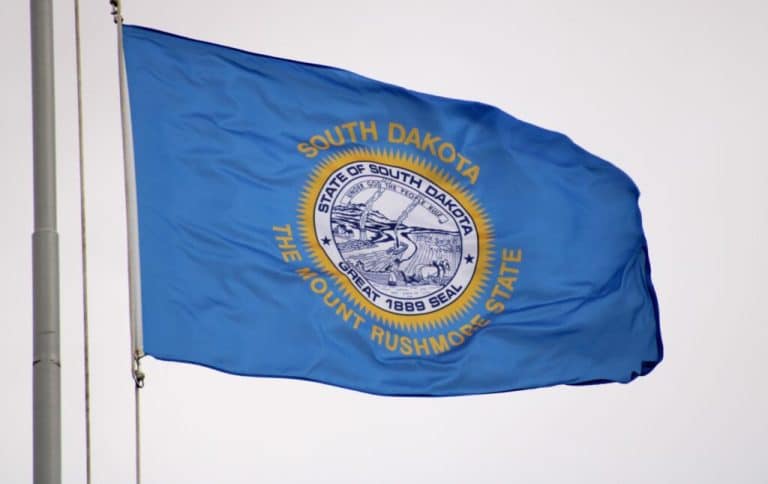STURGIS, S.D. – Research has shown that on average, a person flushes the toilet five times a day.
Many people, including elementary school students, have little insight into what happens to that wastewater when they flush. But a group of fourth graders from St. Elizabeth Seton Elementary School will soon learn a bit more about that process.
The group of 47 students will visit the Sturgis Wastewater Treatment Facility on Friday, April 21.
The idea of visiting a wastewater treatment plant came from Seton teacher Emily Barrett who reached out to Will Lind of Dakota Pump in Black Hawk. Lind and his company were instrumental in helping to plan and provide equipment for the Sturgis facility and suggested taking a tour at the new Sturgis plant.
“We touch a little on the water cycle in class, but not in-depth about how wastewater is processed,” Barrett said. “Once they get into the plant and see all the equipment and how the steps and processes work, a lot of lightbulbs will go on.”
Students will also learn about what career fields are needed to keep the treatment plant operational.
“I believe that visiting the site will help them understand that it takes all skills and abilities to make this facility function from architects to scientists to mechanics,” Lind said.
Sturgis Public Works Director Rick Bush agreed saying hopefully the visit will give students an idea of what they can do in life when they get out of school.
“This is our next generation of workforce. Maybe one of them will see something while visiting the facility that will spark an interest in a future career,” Bush said.
The city’s wastewater treatment facility is state of the art and was the first plant of its kind in the state of South Dakota when it opened in June of 2021.
It’s an M-B-R or mechanical bioreactor plant, Bush said.
“The technology that it uses is the filtration system that produces incredibly clean, sterile water as a final result; and with that, we are able to discharge directly into Bear Butte Creek and meet all the new E.P.A. requirements,” he said.
A membrane bioreactor (MBR) is a wastewater treatment process combining membrane filtration with biological treatment. Bush says this innovative technology offers several advantages compared with the conventionally activated sludge process. Among these advantages are higher biomass concentration, eliminating the needs of secondary clarifiers and improved effluent quality.
Before the new plant, Sturgis treated its wastewater through filtration and use of waste-eating microbes in a series of four settling ponds located northeast of town.
Treated water is used for irrigation of city property, or discharged into other water sources, such as Bear Butte Creek which runs along the north side of town.
However, municipalities are faced with increasingly strict state and federal standards for treated wastewater to be discharged.
Bush says this new plant will help as Sturgis continues to grow.
“The plant is designed right now for one million gallons a day of treated water and we currently feed that right around 500,000 gallons a day. It has the capacity to go up to two-million gallons a day, so we have tremendous room for growth.”
The overall $16 million cost for the entire project included construction of a new underground interceptor line to take wastewater from where the city’s current wastewater lines converge in the northeast part of Sturgis, near the city soccer fields, out to the city lagoons, located north and east of Sturgis Brown High School.
The new interceptor line, completed last year, more than doubles the capacity of the old line, installed in the 1990’s.
In July 2017, the city began collecting a monthly wastewater surcharge from all of its water customers to help fund the treatment plant construction.













